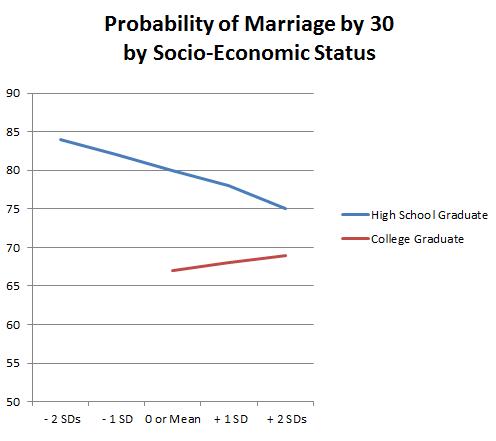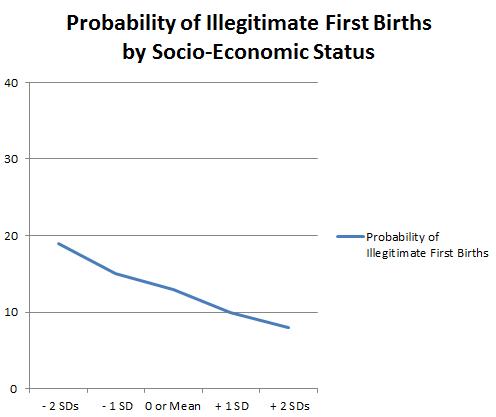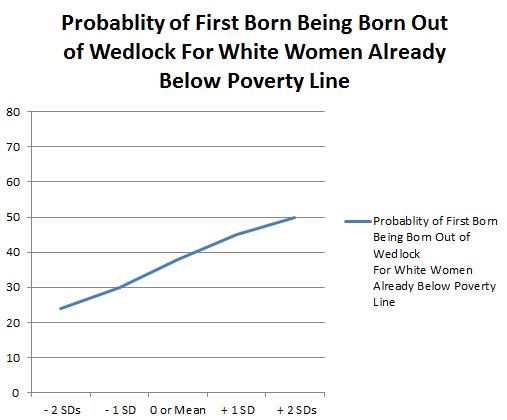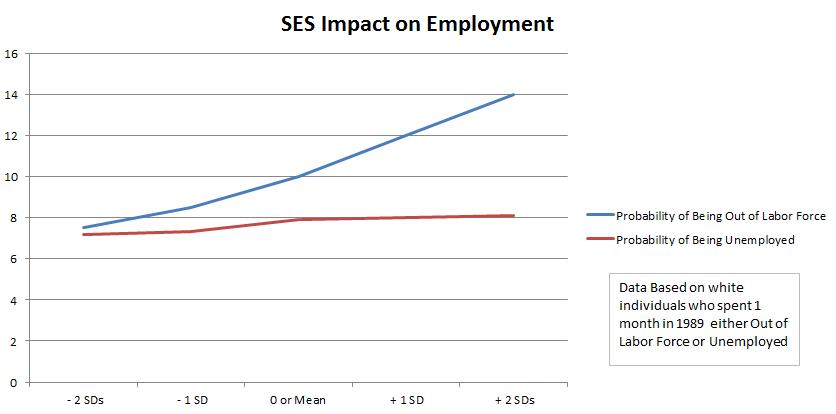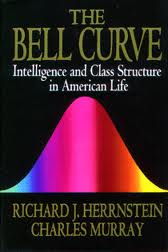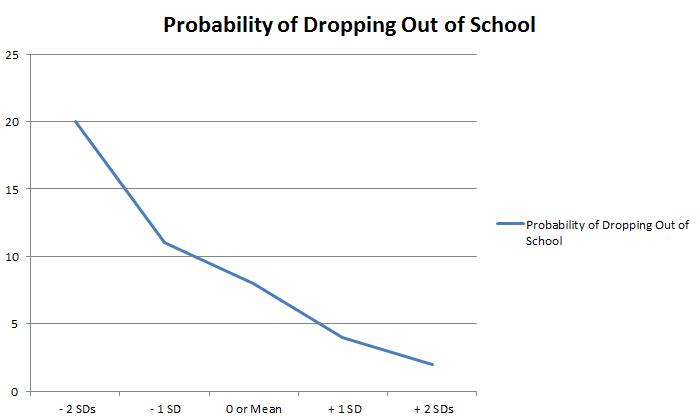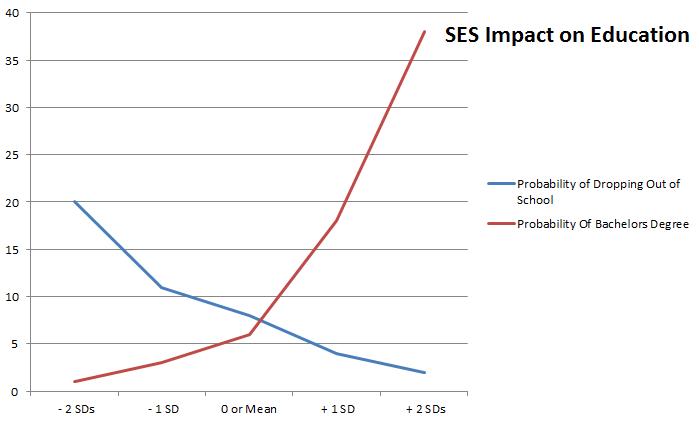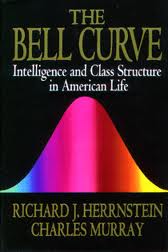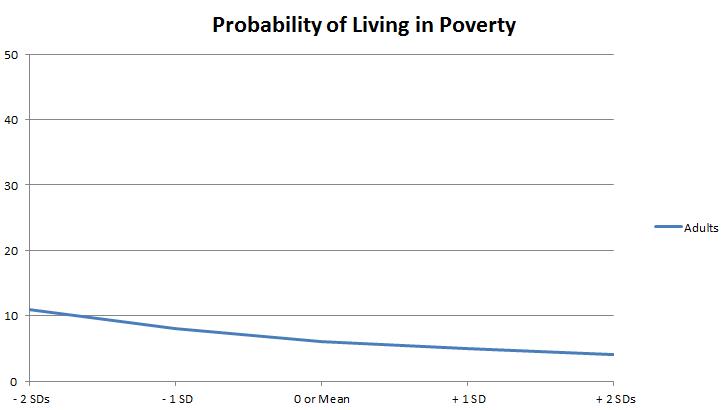I’m continuing my way through the book, “The Bell Curve” by Herrnstein and Murray. I’ve posted already on several of the chapters describing the impact of the socioeconomic status of the families people come from. Fascinating stuff.
The chapter next on the list deals with the family; specifically the family structure. The chapter takes a look into what impacts how the family is formed and remains together, or not.
First, let’s take a look at marriage. Specifically, marriage by the age of 30. Marriage is very important in society and is critical in creating the building blocks that form successful family units.
So, how does the socioeconomic status of the parents impact the chance of marriage of the child?
The chart above shows data for white individuals in the study.
Because of the impact of education and its suppression on marriage, it’s useful to separate folks who have a high school diploma only from those who have a college diploma. As you can see, socioeconomic status of the family of the individual has little impact on marriage. Most people are married by 30 with an even higher percentage married by 40.
If marriage is important, then divorce is important as well. After all, it’s the two parent home that’s critical to the success of ensuring kids gain a strong foothold in life. And the data?
 An interesting trend to be sure. As family wealth increases, the rate of divorce increases as well. Indeed, by the time we reach 2 standard deviations from the mean SES, the individuals are divorcing at 17 points higher than those on the lower SES end. This represents a greater than 100% increase.
An interesting trend to be sure. As family wealth increases, the rate of divorce increases as well. Indeed, by the time we reach 2 standard deviations from the mean SES, the individuals are divorcing at 17 points higher than those on the lower SES end. This represents a greater than 100% increase.
Here the conversation shifts from marriage and divorce without reference to children to those families formed outside of marriage. And so enters the illegitimate child. I tend to agree with the authors that the old-fashioned view of illegitimacy was that it occurred mostly at the lower ends of the socioeconomic scale. It was “the poor girls” having babies out of wedlock, not the wealthy.
But does the data support that view? The answer is kinda.
The women at the very end of the socioeconomic scale have illegitimate births at a 19% rate while the richest of women are giving birth about 8-9% before marriage. The 10 points or so isn’t much, but again, does represent nearly a 100% increase in the rate comparing the very wealthy to the very poor.
Here the authors move into an interesting question. Does poverty cause illegitimacy or does the welfare system cause illegitimacy? The idea, or the argument, being is that the welfare system enables the single mom to refrain from taking precautions that she might otherwise take if she were to bear the cost of raising the child.
To tease out an answer to this, an interesting question is asked:
Among NLSY white mothers who were at or below the poverty line in the year prior to giving birth, what proportion of the babies were born out of wedlock? The answer is 44%. For women above the poverty line? 6%.
What does the data, shown in the usual format, show us?
A pretty compelling argument that the wealth of the mother’s family plays a role.


